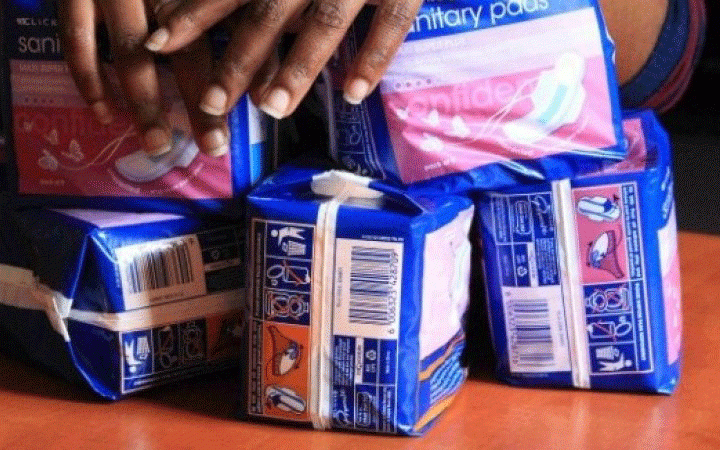
The government has been urged to ensure production of sanitary pads at district level to sustain the schools sanitary pads programme.
Speaking to NewsDay yesterday, Amalgamated Rural Teachers Union of Zimbabwe (ARTUZ) president Obert Masaraure said capable companies should be identified and be supported to produce sanitary pads.
His remarks come at a time when the sanitary pads programme in schools has been marred by controversy.
“We have noted with concern that budgetary allocation for pads tend to disappear without reaching intended beneficiaries. In 2022, around US$12 was allocated per girl child per year. Unfortunately, most kids never received the sanitary pads.”
“Corruption in the procurement of goods and services is a cancer that must be urgently cured. Procurement processes must be transparent and competitive,” he said.
Reports from some schools in rural areas suggested that students were given panty liners instead of sanitary pads last year.
“The 2020 Education Act makes it mandatory for the State to provide sanitary pads for all girls in school. This is a way of removing barriers to access to education. Besides improving access to sexual reproductive health, the pads also improve on the self-esteem of the learner. Learners who don't have access to sanitary wear may end up dropping out of school completely,” said Masaraure.
At an event to discuss the plight of students earlier this year, chairperson of the Parliamentary Portfolio Committee on Higher and Tertiary Education, Lindiwe Maphosa said there were challenges restricting the provision of sanitary wear in schools.
- Schools closure fuel drug abuse
- Riding roughshod on restive workers will backfire Mr President
- Schools closure fuel drug abuse
- Riding roughshod on restive workers will backfire Mr President
Keep Reading
“The last budget, sanitary wear was allocated for but there are challenges like in some schools, they cannot afford to go and collect the sanitary wear from the central place where they are supposed to be accessed. The other issue is they are not even enough for the whole school, sometimes they are just enough for one class. There was a suggestion that if we can at least fund companies that are locally producing sanitary wear so that they can produce in bulk and subsidise the government; by doing so it would mean that more schools and more students are going to get the sanitary wear,” she said.
Mabvuku-Tafara MP James Chidakwa said the girl child's challenges were worrying them as legislators as they felt the allocation and distribution of sanitary pads were murky.
“The government is supposed to be giving the girl child sanitary wear that is in the budget but we don't see it happening. There must be a ratio of US$16 per year for each child. I am an MP and there has never been a day I have been called to any school to witness the distribution of sanitary wear by the government,” he said.
Responding to questions yesterday, Primary and Secondary Education ministry spokesperson, Taungana Ndoro said they had taken note of the concerns raised.
Latest reports suggest that 72% of girls in rural areas do not acess commercial sanitary wear, forcing them to resort to unhygienic means.










